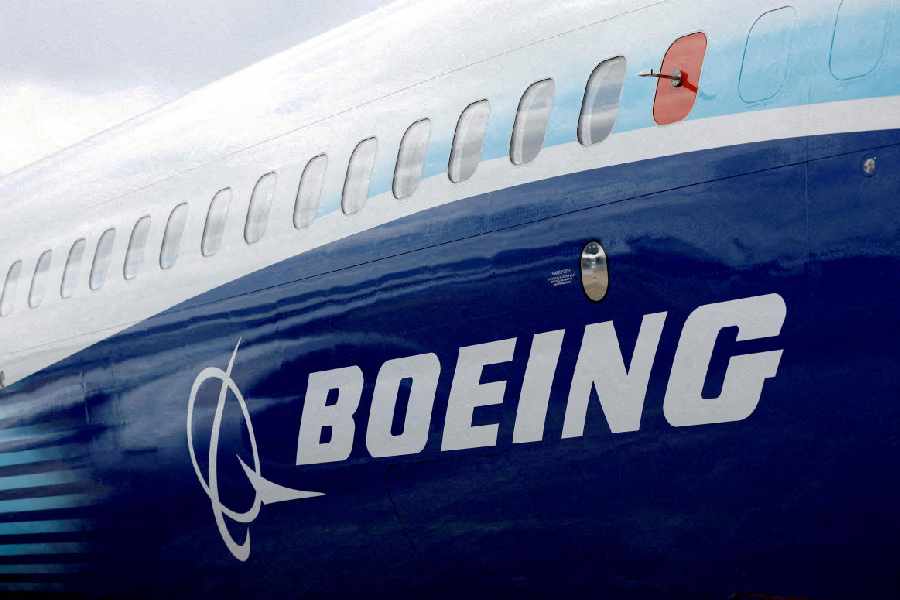Boeing reported $22.7 billion in revenue in the three months that ended in June, its biggest quarterly haul in six years, an indication of the progress the company has made in producing and delivering commercial planes after a series of damaging crises.
The company was thrust into the spotlight in June when a 787 Dreamliner operated by Air India crashed in Ahmedabad, killing 260 people.
Boeing still reported a loss of $612 million in the quarter, but that was a substantial improvement over the $1.4-billion loss during the same period a year ago.
“We’re just over halfway through 2025, and I’m pleased with our progress,” Kelly Ortberg, the company’s chief executive, said in a message to employees. “Change takes time, but we’re starting to see a difference in our performance across the business.”
Ortberg, a longtime aerospace executive, joined the company last August as it sought to recover from its latest crisis, caused by a poorly installed panel that blew off a Boeing 737 Max jet during a flight early last year. No one was killed, but the episode resurfaced widespread concerns about Boeing’s planes five years after two fatal crashes involving the Max.
The new chief executive ordered changes aimed at improving quality and safety. And the company has steadily increased production and deliveries of its passenger planes since. Boeing delivered 280 commercial jets in the first half of this year, the most in the first six months of any year since 2018, before the fatal Max crashes.
Boeing has also increased production of the Max to 38 planes per month, a ceiling the Federal Aviation Administration imposed after the panel blowout. Ortberg said that the company was planning to ask the FAA for permission to increase production to 42 Max jets a month when internal quality metrics indicated that it was safe to do so. The company has also increased production of the 787 Dreamliner, a larger, twin-aisle plane, to seven jets per month.
New orders for the company’s planes have improved, too, with more than 420 commercial jets ordered in the
second quarter. That was its best quarterly sales since late 2023. Those orders may have been boosted by trade deals struck by US President Donald Trump, several of which included commitments from other countries to buy Boeing planes, though experts said that many such orders might have been placed anyway.
During Trump’s visit to West Asia in May, Qatar Airways announced plans to buy as many as 210 of Boeing’s bigger, twin-aisle jets, the 787 Dreamliner and 777-9, which has yet to be certified to carry passengers. It was the largest order Boeing has received for such planes. In all, the company said it had received orders for 5,900 planes, a value of $522 billion.
The company’s share price was up about 1.5 per cent in early trading on Tuesday.
In addition to the improvements in production and sales, Boeing and the rest of the aerospace industry scored a major victory this week, when the US and the European Union reached a trade deal that spared planes and their parts from tariffs.
In July, a preliminary report of the Ahmedabad crash from the Indian authorities had focused on the movement of switches that control the supply of fuel to the engines of the 787 Dreamliner, which experts said were probably moved by one of the pilots — intentionally or accidentally. Bryan Bedford, the newly appointed FAA administrator, recently reportedly said that he had a “high level of confidence” that there was no mechanical problem with the plane’s fuel control switches.
Despite its recent progress, Boeing still has challenges ahead, including whether it can sustain and increase the pace of production and avoid any further crises.
New York Times News Service










